Growing cauliflower can be a bit of a challenge in the home garden as it is extremely sensitive to changes in temperature. However, growing cauliflower is not difficult once you know its likes and dislikes!
With some loving care, cultivating cauliflower is more than worth the effort. Read on for helpful planting and growing tips to make this year’s cauliflower crop an outstanding success.
Conditions for Growing Cauliflower
Cauliflower is an annual edible plant that reproduces by seed. It is an incredibly versatile and highly nutritious, low-calorie cruciferous vegetable in the Brassica oleracea genus (or mustard family).
The Brassica oleracea genus family also includes Brussels sprouts, collard greens, bok choy, kale, kohlrabi, cabbage, turnips, rutabaga, and broccoli.
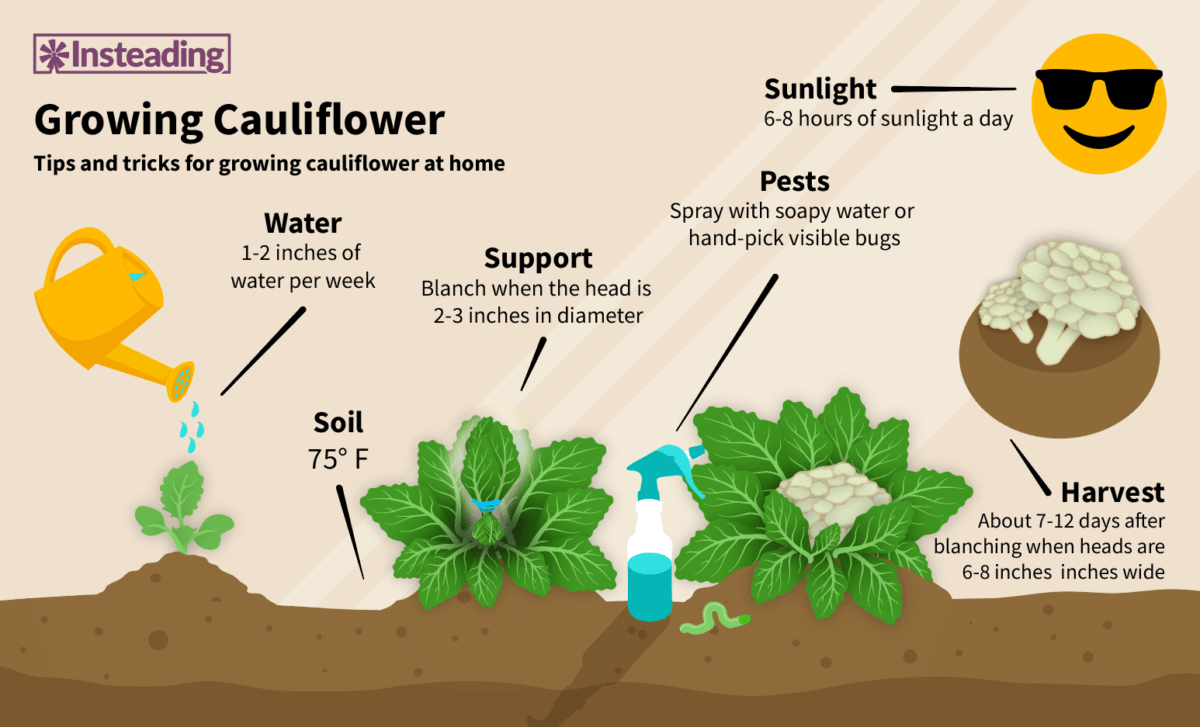
Where should you plant cauliflower?
Plant cauliflower where you have not grown related cole crops (collards, kale, mustard, rutabaga, cabbage, turnips, or Brussels sprouts) in the past four years.
Cauliflower plants love the sun, but cauliflower is a cool weather, temperature-sensitive crop, requiring specific conditions in order to flourish. Cauliflower requires anywhere from 6 to 8 hours of daily sunshine.
Cauliflower is a moderately slow-growing vegetable, with a relatively long growing season. Cauliflower is ready to harvest within 2 to 3 months from planting (dependent on the variety).
What soil is best for cauliflower?
Cauliflower grows best in nutrient-rich, loose fertile soil that’s friable enough to retain moisture. Cauliflower requires rich, moist soil without drought stress.
To prepare a large planting area, till the soil to a depth of at least 12 inches and work the soil well to remove rocks, roots, and weeds.
Cauliflower will grow best with soil temperatures of about 75 degrees fahrenheit. In addition, you should rotate your cauliflower plants every 3 to 4 years to keep the soil rich with nutrients.
Should you fertilize cauliflower?
Improve the nutrient content of the soil by covering the planting area with a generous application of well-aged herbivore manure (cow, sheep, goat, horse, or llama). Work the manure thoroughly into the soil, breaking up lumps and dirt clods.
To improve moisture retention in the soil, add organic matter as mulch (grass clippings, leaves, straw, peat moss, or untreated wood shavings). Rework the soil again to incorporate the mulch.
What soil pH is best for cauliflower?
When you’re growing cauliflower, you’ll want to avoid acidic soil. Cauliflower grows best in soil with a pH level of 6.0 to 7.
Maintaining the soil within this pH range encourages nutrient availability and discourages clubroot which is a plant disease found in cauliflower grown in acidic soils with a pH lower than 6.0.
Cauliflower transplants may evidence a boron deficiency if soil pH is greater than 7.0. To correct the deficiency, apply .05 ounces of boron per 1000 square feet.
Savvy gardens use a soil test to determine the soil fertility and pH needs of the soil. Soil pH test kits are available at plant nurseries or local home and garden centers.
Planting Cauliflower
One of the biggest challenges in bringing cauliflower to fruition is knowing the best time to plant and the optimum time to harvest. Cauliflower is either started from seed or introduced to the garden plot as transplants.
How to direct sow cauliflower seeds
When it comes to successfully growing cauliflower from seed, you should plan to start seeds as early as mid-February (early spring) with transplants ready for spring planting by mid-April.
Sow cauliflower seeds 18 to 24 inches apart in rows 26 to 48 inches apart. Plant them at least ½ deep into the soil. Grow cauliflower on black plastic mulch to warm cold soil in the spring and on white plastic to cool soil in the fall.
How to transplant cauliflower seedlings
Seed should be started in trays or peat pots filled with soilless planting media. For spring plantings, plan to start seeds inside as early as mid-February so they’re ready to be transplanted by mid-April.
For fall plantings, young plants should be seeded in from early June to late July for transplant to the garden no later than mid-August. Make sure transplants have a minimum of 4 to 5 true leaves developed at the time of transplanting.
Do cauliflower seedlings need to be hardened off before transplanting?
keep in mind that they must be conditioned or “toughened up” before you expose the plants to chilly outdoor weather. Place seed trays outdoors for a few hours daily to expose the plants to cooler outdoor conditions.
Water cauliflower transplants immediately after planting. Watering daily during the first week helps get the crop well-established.
How to keep cauliflower seedlings healthy
Continue to irrigate cauliflower seedlings every 3 to 5 days as needed to keep the newly planted transplants healthy. Soaker hoses or drip irrigation are the best way to water as they conserve moisture and keep the foliage dry.
Experience has proven that sequential plantings made weekly through May, help ensure a bountiful fall harvest, even if one or more of the plantings fail.
Stresses Affecting Cauliflower
Chilly temperatures or overly cold soil in the spring, summer heat, disease, insect damage, root-bound plants, nutrient-depleted soil, or lack of adequate irrigation are the biggest obstacles when it comes to successfully growing cauliflower.
As a rule of thumb, consider choosing cauliflower varieties that mature quickly and are thus, less susceptible to stress than those that require a longer growing period.
Temperature
Known as a cool-weather vegetable, cauliflower is more sensitive to heat than other garden crops. Drought or lengthy periods of high temperatures can cause cauliflower curds to be stunted or to flower prematurely (bolt).
Dense, flavorful curds grow best in cool temperatures, between 50- and 7o-degrees Fahrenheit.
Common Diseases
Unfortunately, a wide range of diseases can affect cauliflower growth: Blackleg, black rot, clubroot, downy mildew, and Alternaria leaf spot are common garden challenges. To reduce disease problems, implement good cultural control practices.
The disease may arrive on infected seed. Purchase clean, non-GMO, disease-free seed from a reputable grower. Remove all diseased plant material from the garden area.
Common Pests and Predators
Slugs, snails, rabbits, rats, deer, cabbage root maggots, aphids, cutworms, flea beetles, cabbage loopers, and cabbage worms love to feast on cauliflower. You can hand-pick most of these pests off when visable.
Our family has big cauliflower fans, and we manage the garden through organic gardening methods. It is a big challenge, but I rest easy knowing we are not exposed to noxious chemicals found in commercial herbicides and pesticides.
Disease, pesky insects, deer, and rabbits can be controlled by garden fencing using sound garden practices, and spraying with organic chemicals such as soapy water only when necessary. If you encounter problems, contact your local county extension office for a correct diagnosis and control recommendations best suited to your local area.
Weeding
Control pesky weeks that invade the garden and harbor insects and disease by mulching with pine straw, organic aged wood chips, or dried leaves.
Related Post: How to Mulch for a Beautiful, Weed-Free Garden
A thick layer of mulch (2 to 3 inches deep) around the base of the plants not only helps control weeds, it also conserves vital moisture in the soil.
Harvesting Cauliflower
As curd or head matures, it tends to become discolored and taste bitter from exposure to sunlight. To avoid discoloration and retain sweetness, cauliflower should be blanched to protect the curd from the sun.
How do you blanch cauliflower?
Whitehead varieties of cauliflower must be blanched during the growing cycle for the best white color, texture, and flavor.
When the cauliflower curd is about the size of a baseball (3 to 4 inches), tie a layer of leaves around the cauliflower head with a rubber band or look for self-blanching varieties.
Orange and purple cauliflower should not be blanched as they require full sun exposure to develop brilliant hues. Some varieties form leaves around the head on their own, preserving whiteness, firmness, and flavor.
When to harvest cauliflower
Spring cauliflower takes about 50 to 60 days to mature after planting. This is especially true if you’ve chosen a variety with heat tolerance and a short growth cycle.
Cauliflower grows quickly once the blanching process begins and will be ready for harvest in 7 to 12 days. You will know it’s ready when the head is about 6-8 inches in diameter.
How to harvest cauliflower
After your cauliflower has been blanched for roughly 10 days, unbind the leaves to reveal the head. Use sharp scissors to snip the stalk just below the head. This should leave about 1 to 2 inches of stem.
Unfortunately, it will cease to produce any new heads. This is a good time to pull the entire plant to make room for something else, or leave it in the soil to produce seed.
Cauliflower Varieties
While there are some cauliflower varieties suited to spring planting, growing rapidly and producing flavorful curds before hot summer weather sets in, the majority are best as a midsummer planting for fall harvest.
There are hundreds of cauliflower varieties cultivated worldwide. Choose cauliflower cultivars suitable for your local conditions.

If you don’t know which are best suited for your soil and growing conditions, consult your local county extension office or the friendly gardener guy at a local home and garden shop.
Popular early maturing varieties include Montana, Fremont, Snow Crown, Early White, Minuteman, and Cheddar — a delicious orange dense head variety.
For midseason planting, experienced gardeners suggest Candid Charm, White Passion, Amazing, White Sails, Apex, Rushmore, Graffiti, and Violet Queen — my personal favorite purple cauliflower.
Snow Crown
Snow Crown is one of the fastest-growing cauliflower varieties with just 50 days to harvest. Presenting firm, round, dense white heads, snow crown grows 7 to 8 inches in diameter.
Cheddar
The Cheddar variety, with its bright yellow head or curd, requires 68 days to mature.
Graffiti and Violet Queen
Did I mention I love purple cauliflower? I am confident that if you have not tried it, you will love it too! Graffiti and Violet Queen both require 75 to 80 days to reach maturity, and produce firm, intensely purple heads.
Green Romanesco Cauliflower
With a relatively small head and a bright, vibrant green color, the green romanesco cauliflower is sure to add a bright pop of color and some Fibonacci sequence feels to your garden.
Ornamental Cauliflower Varieties
Ornamental cauliflower cultivars, with their bold rosettes of red, purple, pink, or white leaves, make a brilliant colorful splash in the home garden.
To reduce ornamental cauliflower’s bitter taste, boil, discard the water, and then either boil again or sauté the cauliflower buds in olive oil prior to serving.
While all varieties of ornamental cauliflower are edible, they are primarily valued as a culinary garnish.
Enjoying Your Cauliflower
Cauliflower can be eaten raw, fermented, boiled, baked, grilled, or incorporated in stews, sauces, and stir fry dishes.

If you love kale and cauliflower, you will most definitely love this scrumptious spicy stir fry.
It’s perfect for a busy weeknight, family supper or as a side dish at your next cookout. Find the recipe at Pioneer Woman.
References
- Growing Cauliflower in the Home Garden, University of Minnesota Extension
- Growing Cauliflower in the Home Garden, University of Ohio Extension
- Decorative Cabbage and Kale, Wisconsin Horticulture
- Growing Home Cauliflower, The University of Georgia Extension


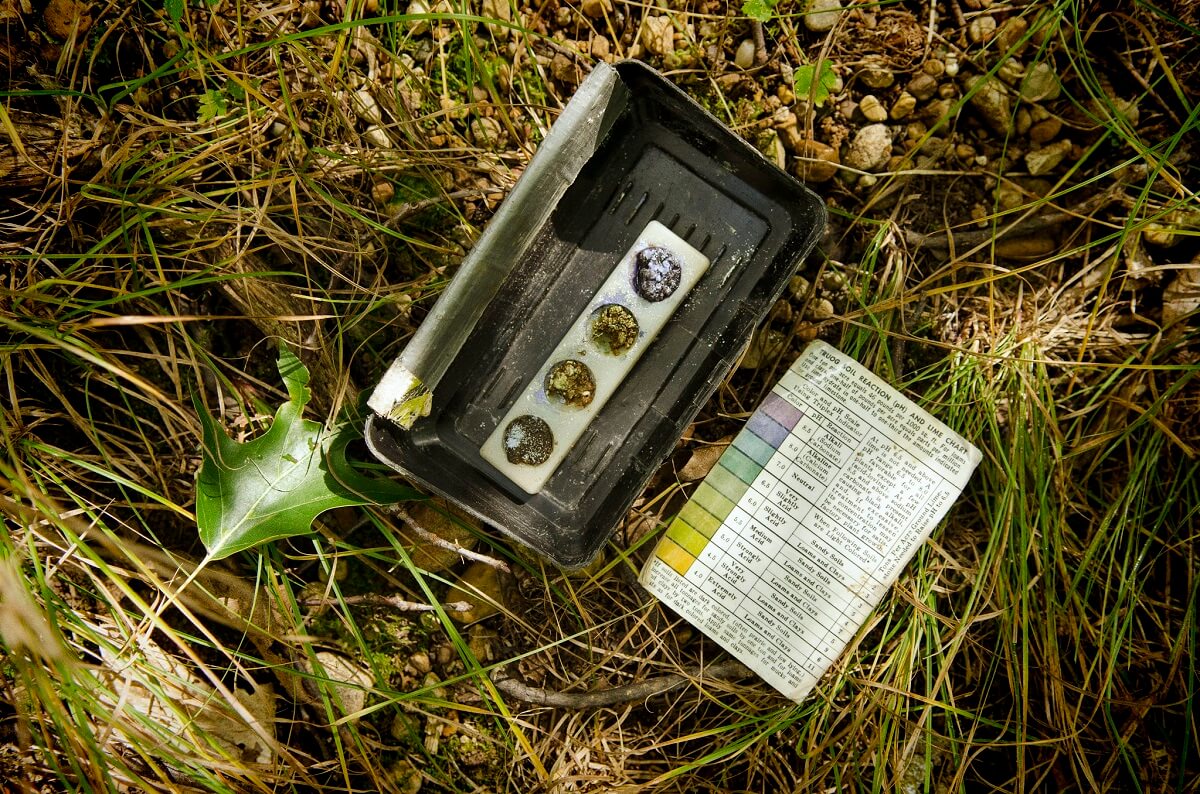
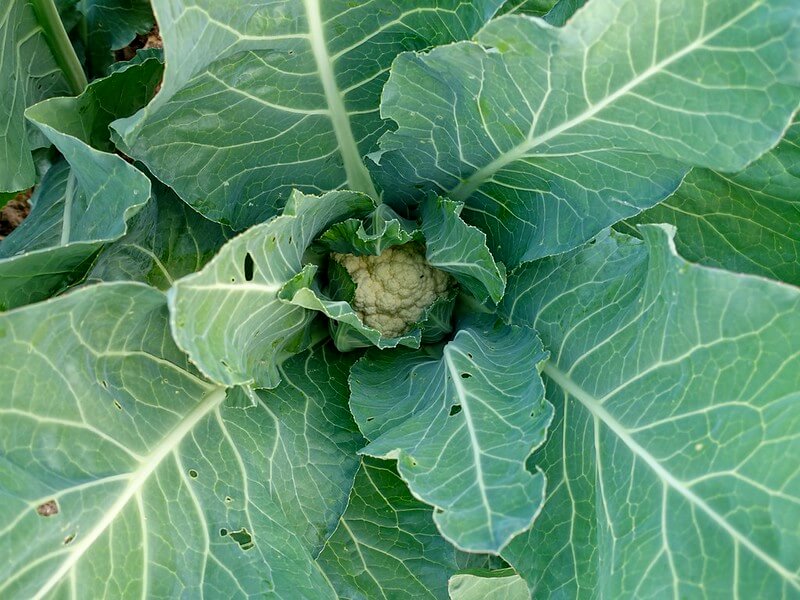
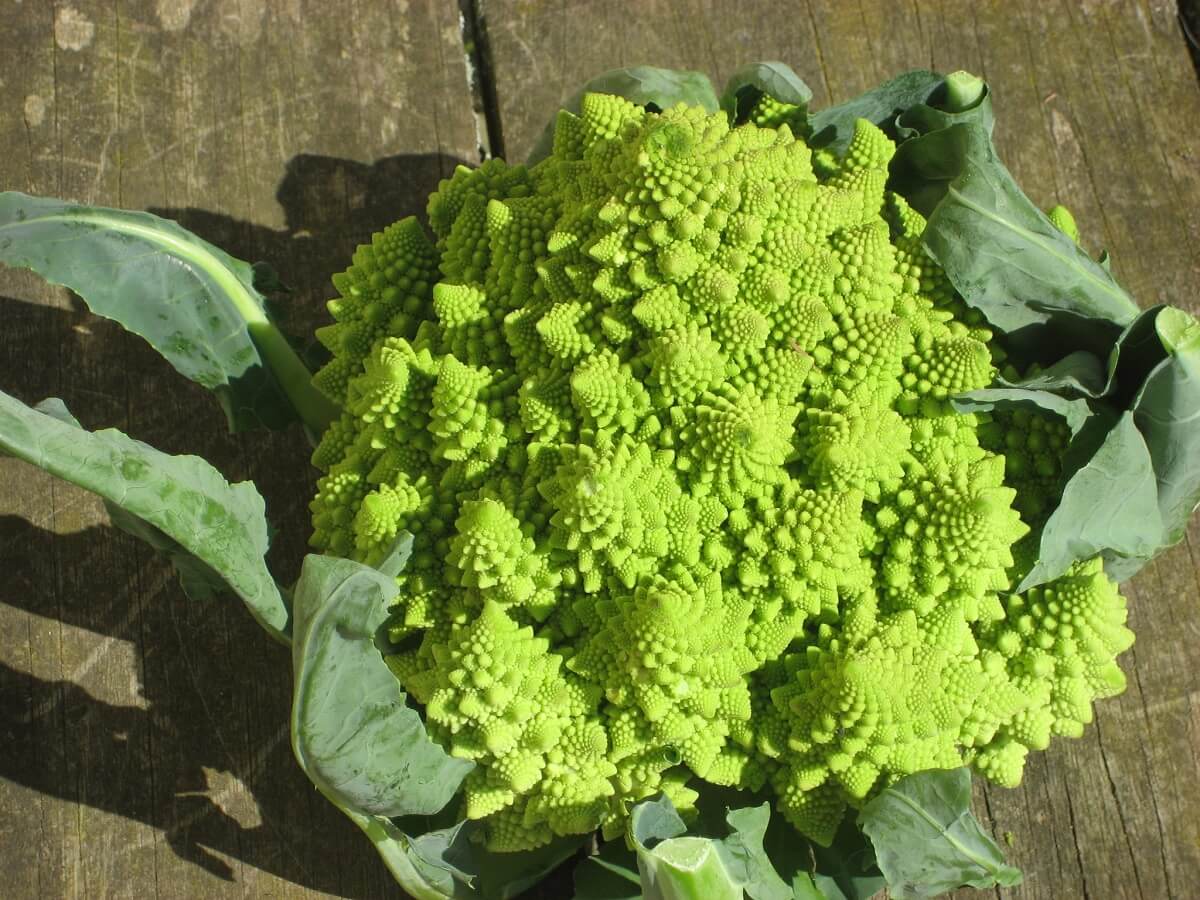



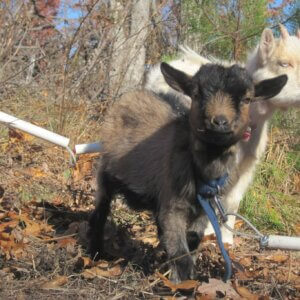
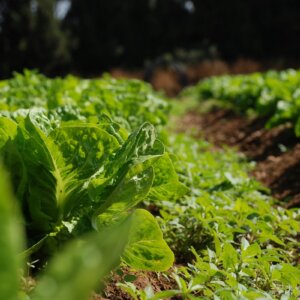


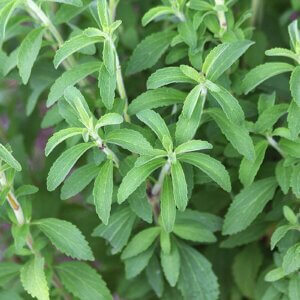
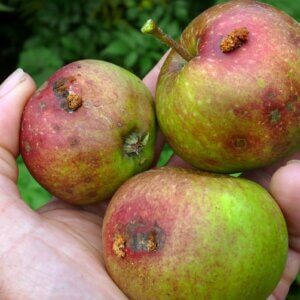

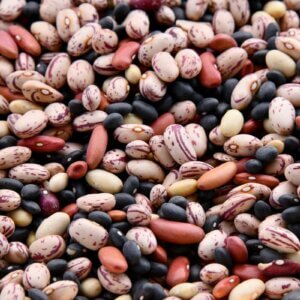
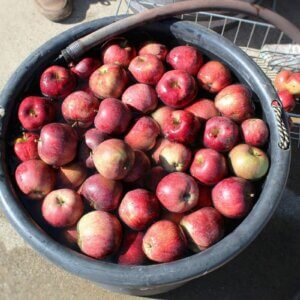

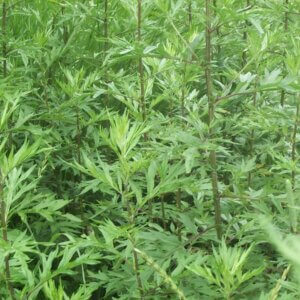
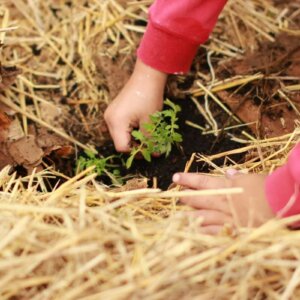


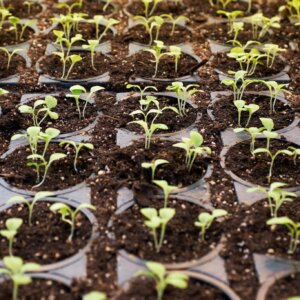
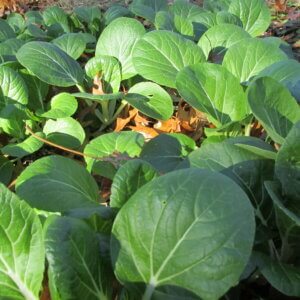

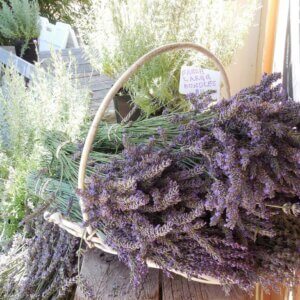

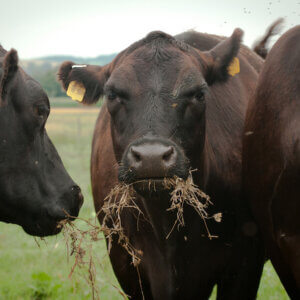
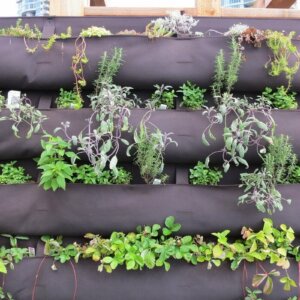

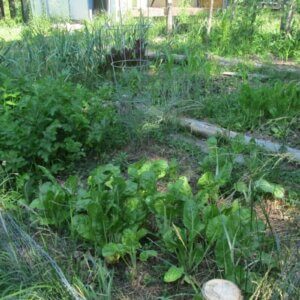
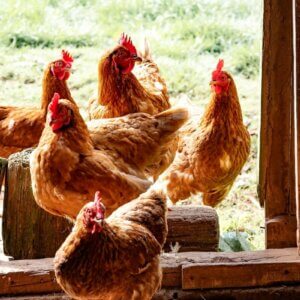
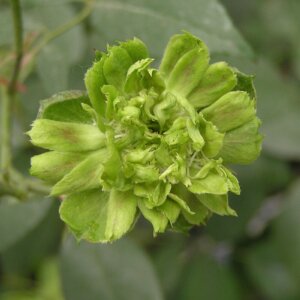
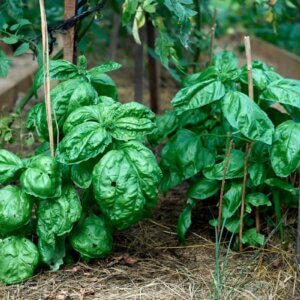





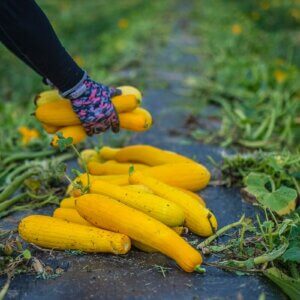





Leave a Reply